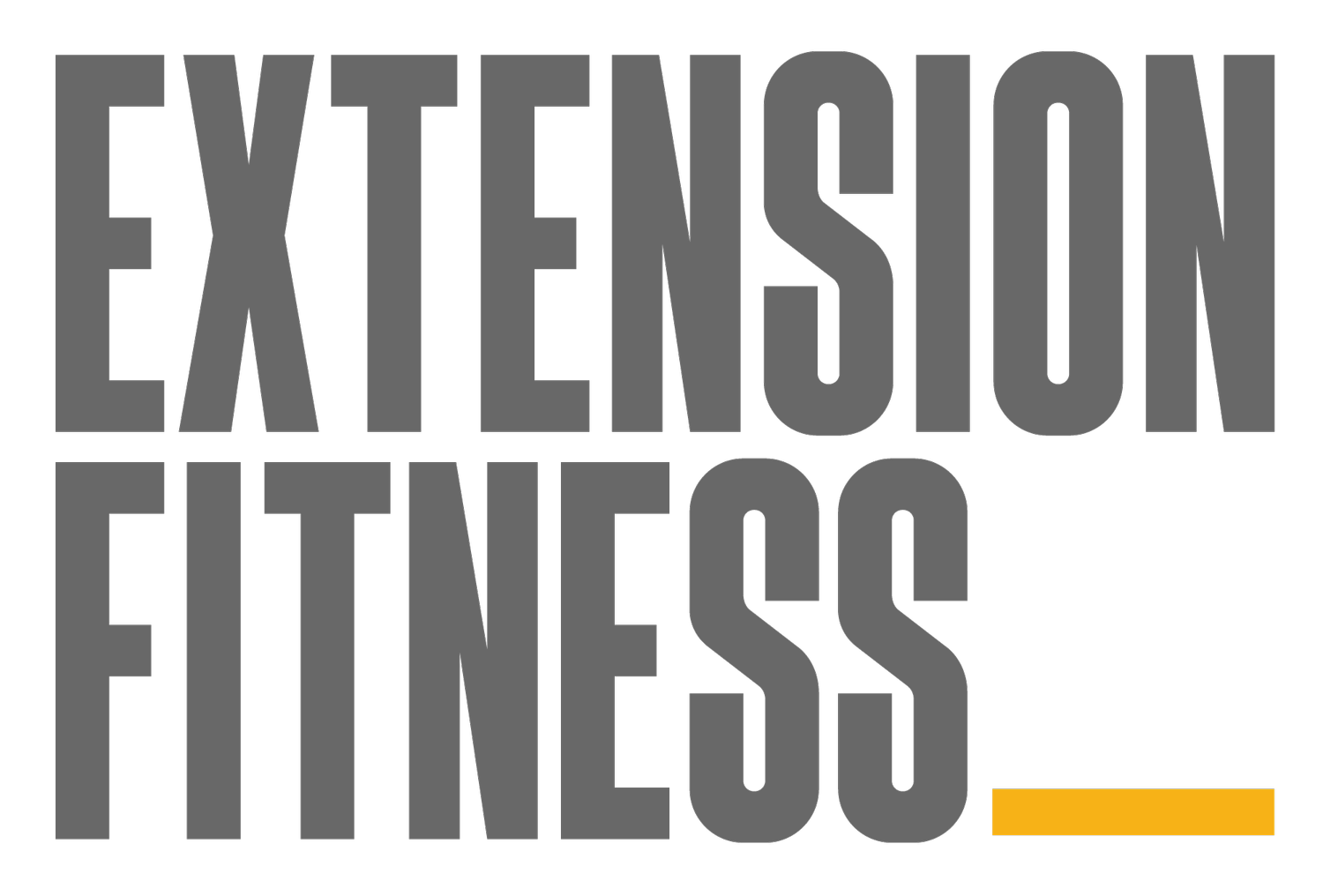Why Running Fitness Matters In Field Based Team Sports
This post was inspired by some courses I have consumed through The Conditioning Consultant. Nathan Heaney is the man in charge there, and many of the statements below are based on things he has stated in articles or research publications.
It seems pretty obvious, but running fitness really matters in sports like hockey, AFL and soccer. And this is especially true for midfielders, and players in other wide-ranging positions.
How-come? Why is it so important?
Evidence from the field
Running fitness is a key determinant of success on the field.
The more running-centric the sport, the fitter the players. This may simply flow from playing the sport, but not always.
In a sport like AFL, soccer or hockey, where running demands are high, some talented players will underperform because their running fitness holds them back.
Think of a wily, yet lazy, AFL full forward - the bloke who can outsmart and outmanoeuvre opponents but who gets gassed very easily. Such a player may not fulfil their potential if they totally neglect running fitness. But if they do work on their fitness, their wilyness and superior tactics can be expressed to their full extent.
Fitter players make it to more contests. They are better at handling high intensity effort.
Fitter players cover more distance per match and have a higher work rate. They sprint more often. This maps onto better defence and more aggressive attack.
Fitter players recover more quickly from all this high intensity work, leaving them in a better position to concentrate well, and to go again when it’s needed.
Evidence from the lab
Fitter players demonstrate an ability to tolerate the acid that build up in the muscles from hard running. They can also replenish their short term energy more rapidly.
It takes them longer to get exhausted at high speed. Everyone is on borrowed time at high speed, but fitter players can tolerate more suffering for longer.
Fitter players report lower levels of effort in technical training sessions, which can free up their minds to learn the skills better. They can focus more intensely, because they’re not so tired.
In summary, a fitter player is more developed in a crucial aspect of the game: running.
AND, their whole organism is better suited to improving in a holistic sense: they can absorb the load of training and games and not get as worn down as their less fit counterparts. This matters a lot over the course of the season.
Application
But an AFL match is not a running race. The winner of a soccer match is not declared according to which team covered the most distance.
Running fitness is ONE important part of team performance that has to be balanced against others.
How can a hockey team improve running fitness without sapping time and resources that need to be devoted to tactics, skills practice and game practice?
The answer is NOT long, slow, continuous endurance runs: “Zone 2” as social media puts it. While this has its place, and is essential for endurance performance in sports like triathlon, it shouldn’t be a year-round staple food in the training diet of a hockey player.
Team sport athletes should improve their running fitness in ways that map onto their sport, not training like middle distance runners.
This is the principle of specificity. You need to practise what you want to improve.
Hockey running performance improves through running training which looks like hockey running.
Nathan Heaney, “The Conditioning Consultant” (who has worked on running fitness with many top teams), recommends HIIT training.
In a HIIT-style running session, players will complete a set number of periods of hard (or semi-hard) running intervals interspersed with recovery periods. The speed will vary, but will always be in the realm of something that would be typical of the running requirements of the sport. This way, players prioritise developing fitness at the speeds they’ll utilise in games.
A lot can be done with a reasonably small time investment. This study by Nathan Heaney documents how a group of elite female hockey players at the Victorian Institute of Sport improved the average “maximal aerobic speed” of the squad by 18% over a 4 week period using two HIIT sessions (and one continuous running session) of approximately 20-25 minutes duration per session.
I believe typical suburban sporting clubs could incorporate one to two sessions of a similar format into their in-season training with good effect. It wouldn’t be too much extra load on the players, and the time investment is not burdensome.
Are you a field sport athlete wanting to improve your running fitness? Please get in touch. I’d be happy to help :)
